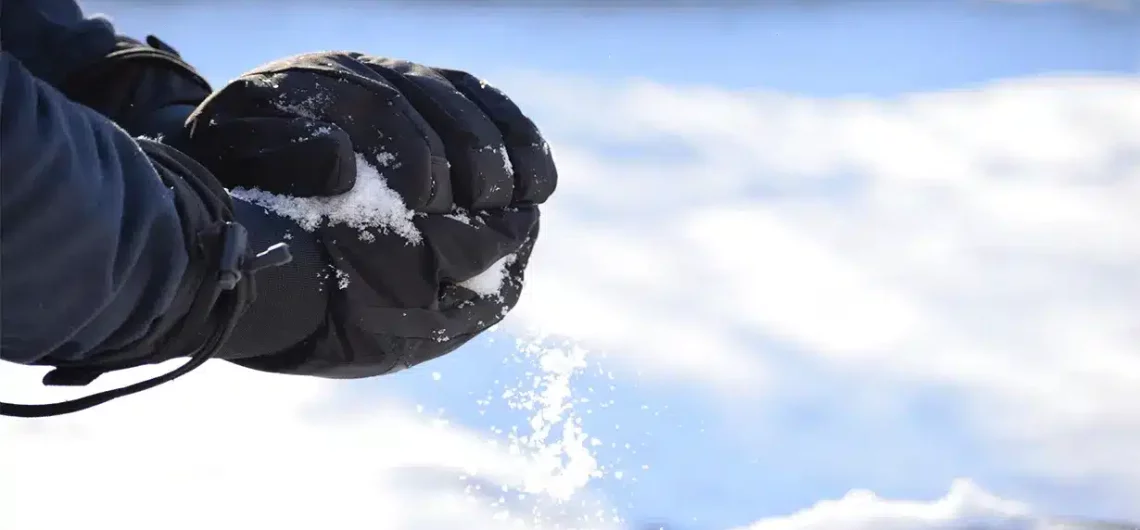When it comes to conquering the summit of Mount Kilimanjaro, Uhuru Peak, especially during those freezing and challenging summit nights, the choice of hand protection becomes paramount. Mittens, in particular, play a crucial role in ensuring your hands remain warm, functional, and well-protected from the harsh elements. Let’s delve into the importance of mittens, especially during summit night expeditions.
Mittens: Your Lifeline on Summit Night
Extreme Temperature Defense
Mittens are your best defense against extreme temperatures, and they are primarily designed for use on summit day and during the coldest of nights. When the mercury drops to its lowest point, and the biting cold threatens to freeze your fingers, mittens step in as your saviors.
Essential Features
When choosing mittens, make sure they come equipped with certain essential features. Look for mittens that have wrist cords and reinforced palms. These features are vital, especially during wet conditions, as they help maintain a firm grip on essential equipment and prevent slipping.
The Versatility of a Removable Liner
Opt for mittens with removable liners. This feature is invaluable for several reasons. First and foremost, it allows you to dry and wash the liners, ensuring that your gear remains hygienic throughout your expedition. Additionally, it provides you with the option to replace the liners if needed, ensuring that your hands are always protected optimally.
The Significance of Hand Protection
While you’ve likely invested considerable time and resources in acquiring hiking boots, a reliable jacket, a sturdy backpack, and suitable trousers, the importance of hiking gloves and, more specifically, mittens, should not be underestimated. In cold and challenging environments, it’s essential to remember that hypothermia typically starts from the limbs, making hand protection a matter of utmost importance.
Understanding the Functions of Mittens
Mittens serve two primary functions – they provide protection and warmth.
Protective Function
For activities like climbing, exploring caves, or even during summer hikes, you can opt for arm-warmer-style gloves made of thin, protective fabric with inserts that shield your hands from scratches and sunstroke. These are ideal for less demanding conditions.
Warmth for Challenging Environments
However, when facing the freezing cold, strong winds, and wet conditions that summit night can bring, it’s crucial to take your hand protection seriously. Consider packing several pairs of mittens of varying thicknesses. Start with a thin pair made of fleece or similar material as your first layer. These should offer some warmth while allowing your fingers to move freely. Ensure that these gloves have moisture-resistant properties, so they don’t get wet easily when exposed to damp surfaces and snow.
Embracing Warm Mittens
For the most frigid conditions, invest in thick and highly insulated mittens. These mittens typically consist of two layers: an inner layer made of materials like feather, wool, or fleece for insulation and an outer layer constructed from waterproof polyester or other durable fabrics.
Essential features to look for in hiking mittens include:
- A membrane layer for added protection.
- Leather reinforcement on the palm to guard against damage.
- Zippers that open to reveal a mesh for improved ventilation in warmer weather.
- Attached ropes that allow you to remove the mittens and let them dangle when necessary, sparing you the hassle of repeatedly opening and closing your backpack.
- A special layer on the index and thumb that remains sensitive to smartphone screens, enabling you to use your phone even while wearing thick mittens.
The Great Debate: Gloves vs. Mittens
The choice between gloves and mittens can be a subject of debate, as both have their advantages and disadvantages. The decision should be based on your specific needs.
Mittens offer the advantage of having all fingers in a common space, allowing them to generate more warmth collectively. Thus, they are an excellent choice for extreme cold conditions. However, mittens limit your dexterity, making them suitable mainly for holding trekking poles or performing tasks that require minimal finger movement.
For added versatility, consider wearing lightweight, warm gloves underneath your mittens. This allows you to remove the mittens when necessary and perform finer tasks with the gloves.
When to Choose Mittens
Mittens come in various types:
- Thin fleece mittens
- Lightweight yet highly insulated feather mittens
- Thick mittens with a waterproof coating
The choice of mittens depends on the specific conditions of your expedition. In some instances, mittens may be indispensable, such as when climbing Mount Kilimanjaro, Mount Kenya, and Rwenzori or tackling more challenging ascents. Feather mittens are particularly suited for high-mountain climbing in extremely cold conditions. For added protection, consider opting for thinner mittens made of durable fabric that can be worn over gloves.
Always Have a Spare
Regardless of whether you choose gloves or mittens, it’s crucial always to carry a spare pair with you. In the unforgiving conditions of a mountain expedition, gloves or mittens can get wet, and wet gear can lead to instant freezing of your hands. Having a backup ensures that you can continue your ascent safely and comfortably.
In conclusion, when venturing to conquer the heights of Mount Kilimanjaro, Mount Kenya, Mount Meru, Rwenzori, or Ol Doinyo Lengai, make mittens an integral part of your gear. These cold-defying companions are essential for summit nights and will keep your hands warm, protected, and ready to tackle the challenges of the journey.
![]()


Comments